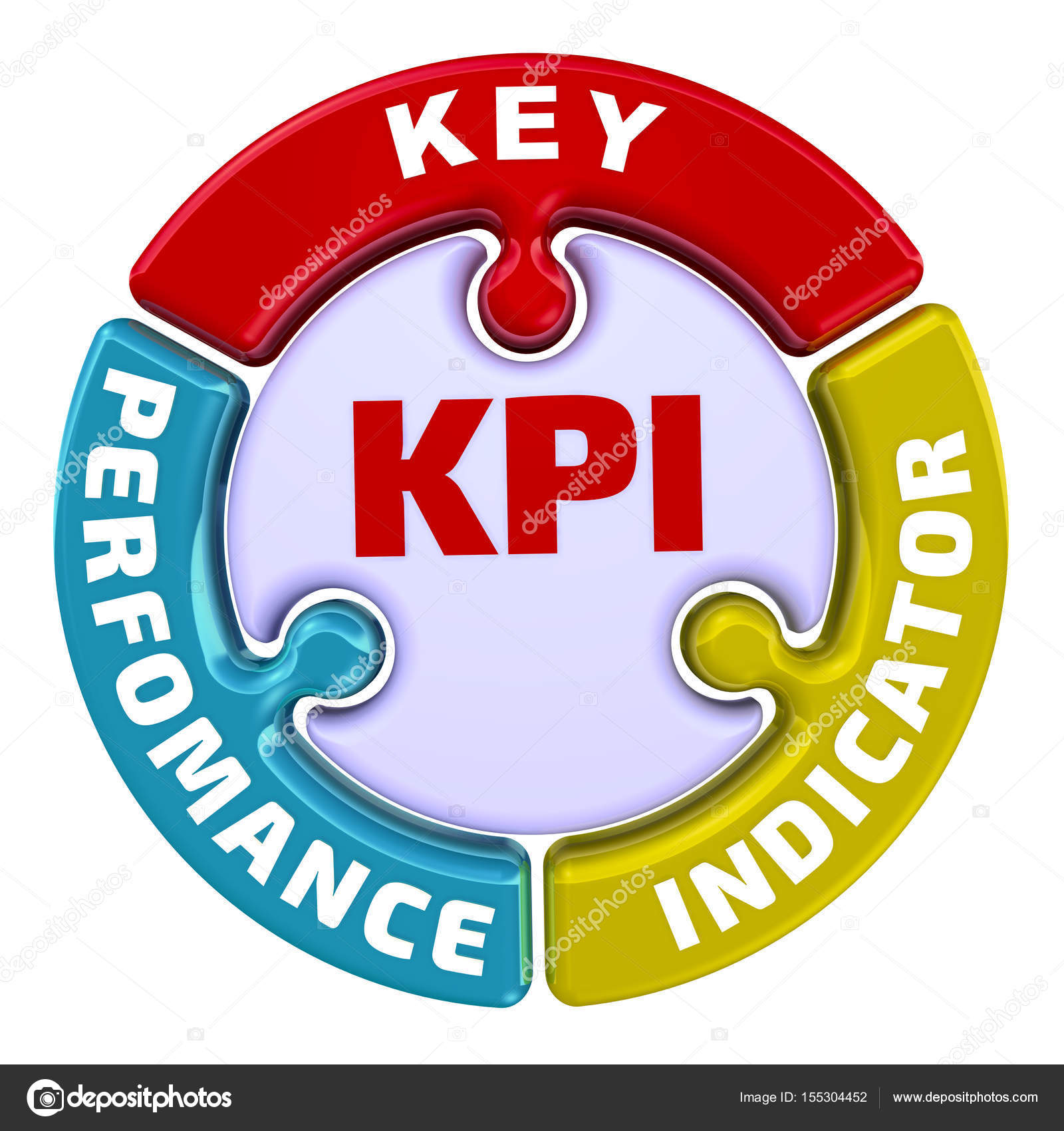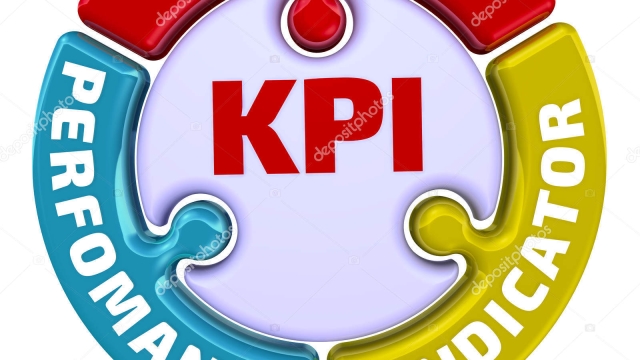
In today’s fast-paced business world, staying competitive and achieving success requires a deep understanding of the factors that drive performance. This is where Key Performance Indicators, or KPIs, step into the spotlight. These invaluable metrics serve as powerful tools for businesses of all sizes, helping them unlock valuable insights, track progress, and make informed decisions.
But what exactly are Key Performance Indicators? In simple terms, they are measurable values that allow organizations to gauge their progress towards achieving specific goals and objectives. Whether it’s revenue growth, customer satisfaction, or operational efficiency, KPIs provide a clear snapshot of how well an organization is performing in these critical areas.
When properly chosen and implemented, Key Performance Indicators possess the remarkable ability to reveal trends, patterns, and outliers within a business. They act as compasses, guiding decision-makers towards the most effective strategies and highlighting areas in need of improvement. By measuring the right metrics and tracking them over time, businesses can gain a comprehensive understanding of their performance and take targeted actions to drive success.
In the upcoming sections of this article, we will explore the power of Key Performance Indicators in-depth, revealing how they can help organizations of all types and sizes unlock their true potential. We will discuss the process of selecting relevant KPIs, the benefits they offer, and provide practical examples of how businesses have utilized them to propel their growth and achieve remarkable results. So, join us on this journey as we unveil the power of Key Performance Indicators and discover how these metrics can be your key to unlocking success.
Understanding Key Performance Indicators
Key Performance Indicators (KPIs) are essential tools that help businesses measure their progress and track their performance over time. By providing valuable insights into various aspects of a company’s operations, KPIs enable decision-makers to make informed choices and drive success. Through a comprehensive analysis of relevant data, these indicators highlight areas of strength and weaknesses, ultimately guiding the organization towards its goals.
The power of KPIs lies in their ability to quantify and monitor specific objectives that align with strategic priorities. By focusing on measurable outcomes, such as sales revenue, customer satisfaction, or employee productivity, KPIs provide a clear understanding of current performance levels. Organizations can then compare these measurements to predefined targets or industry benchmarks, enabling them to identify gaps and make appropriate adjustments.
https://www.intrafocus.com/kpi-software/
Effective KPIs are tailored to reflect the unique goals and nature of each business. They translate broad objectives into manageable metrics that resonate with different stakeholders. For example, a retail company may use KPIs such as sales per square foot or average transaction value, while a software development firm may track KPIs such as the number of bugs in their applications or customer retention rate.
Implementing KPIs requires careful consideration of the specific metrics chosen, as well as the availability and reliability of data sources. Organizations must ensure that the selected indicators are relevant, meaningful, and align with the overall business strategy. Regular review and refinement of KPIs are necessary, as market dynamics and business goals evolve over time.
By embracing the power of Key Performance Indicators, businesses gain a comprehensive understanding of their operations and can make data-driven decisions that lead to improved performance, increased efficiency, and ultimately, unlock the path to success.
Benefits of Implementing Key Performance Indicators
One of the main advantages of implementing Key Performance Indicators (KPIs) is the ability to monitor and measure progress towards organizational goals. By setting specific KPIs, businesses can track their performance in various areas such as sales, customer satisfaction, or productivity. This enables companies to assess their current standing and make informed decisions to improve their overall performance.
KPIs also help in providing clarity and focus to employees regarding their individual goals and objectives. When employees have a clear understanding of what metrics their performance will be measured against, they can align their efforts and work towards achieving those targets. This increases transparency and accountability, fostering a more productive and motivated workforce.
Furthermore, KPIs serve as a powerful tool for identifying areas of improvement. By regularly reviewing and analyzing KPI data, businesses can identify trends, patterns, and potential bottlenecks. This insight allows organizations to take proactive measures, make necessary adjustments, and develop strategies to enhance efficiency and effectiveness in various aspects of their operations.
In summary, the implementation of Key Performance Indicators offers numerous benefits to organizations. From providing a means to track progress towards goals, to aligning employees’ efforts, to identifying areas for improvement, KPIs empower businesses to make data-driven decisions and ultimately unlock the path to success.
Tips for Effective Key Performance Indicator Selection
Clearly Define Your Objectives: Before selecting Key Performance Indicators (KPIs), it is important to have a clear understanding of your objectives. Clearly defining what you want to achieve will help you identify the most relevant KPIs that align with your goals. Take the time to assess your business priorities and determine the specific outcomes you want to measure.
Consider Relevance and Measurability: When selecting KPIs, it is crucial to consider their relevance to your business and their measurability. Choose KPIs that have a direct impact on your objectives and can be easily measured. Avoid selecting KPIs that are too broad or vague, as this can lead to difficulty in tracking progress and obtaining meaningful insights.
Balance Lead and Lag Indicators: Lead indicators are proactive measures that help you predict future outcomes, while lag indicators represent historical data and reflect past performance. For a comprehensive understanding of your business’s performance, it is important to balance both lead and lag indicators. Consider selecting a mix of KPIs that provide insights into both short-term progress and long-term results.
Remember, effective KPI selection is key to unlocking success. By clearly defining your objectives, considering relevance and measurability, and balancing lead and lag indicators, you can ensure that your chosen KPIs provide valuable insights and contribute to your overall business growth.


